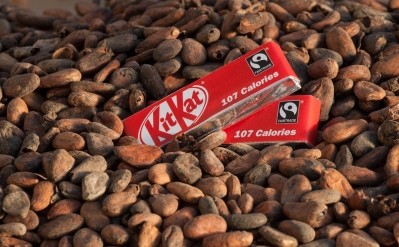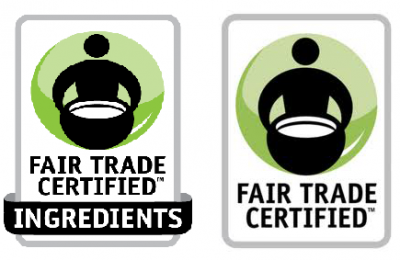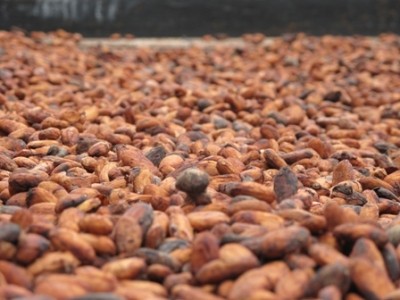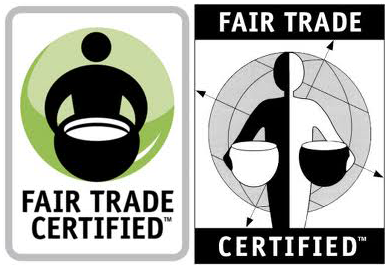‘Room for improvement’ on Fair Trade USA labeling policy, says NGO
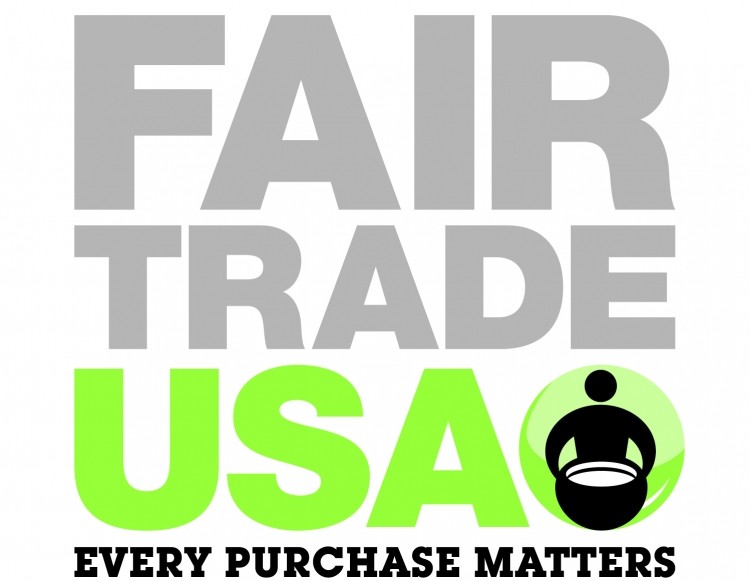
The rules continue to allow brands to use either a “Fair Trade Certified” logo when sourcing 100% certified ingredients or a “Fair Trade Ingredient(s)” logo when using over 20% fair trade ingredients for a product.
But now the lesser ‘Ingredients’ label requires, which previously required all possible fair trade ingredients to come from a certified source, now requires only ”commercially available ingredients that are sourced predominately from the Global South” to come from a fair trade source. It specifies cocoa, coffee, tea (Camellia Sinensis), and quinoa, but makes no mention of sugar or vanilla.
NGO on sugarless policy
Kerstin Lindgren, campaign director of Fair World Project, told ConfectioneryNews: “Fair Trade USA’s published final multi-ingredient policy does contain many elements that are better than the draft policy circulated in the spring, though still leaves much room for improvement. “
She said that although she expected the “Global South” ingredients provision to include vanilla, the omission of sugar could leave farmers at risk of exploitation.
“Since there is no requirement that sugar is sourced either domestically or through fair trade supply chains, it is also essential that FTUSA evaluates their new policy after a reasonable time to see how it is impacting farmers of all commodities.”
Other certificates such as Fairtrade International, which doesn’t have a separate ingredients label, requires all ingredients that could possibly come from a fair trade source to be certified, including sugar.
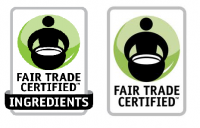
Domestic sugar sourcing
Fair Trade USA has previously said that sourcing all possible ingredients as fair trade had deterred many companies from doing any fair trade at all. Today its communications director, Jenna Larson, sought to justify the omission of sugar.
“Today around 70% of the sugar used in the US is grown in the US, so it does not currently meet the sourcing criteria.
“Fair Trade USA remains deeply committed to sugar farmers and workers in the global south, and we will continue to encourage brands to source Fair Trade sugar in new and existing products whenever possible.”
Percentage declaration welcomed
One policy change welcomed by NGO Fair World Project has been the requirement to indicate the percentage of Fair Trade Certified content (by dry-weight) on the packaging.
Earlier fair trade labeling research by Lake Research Partners, which featured the views of 1,003 US adults, found that the 85% were in favor of a percentage declaration on the 'Fair Trade Ingredients' label that would help them make better choices.
FTUSA’s policy guidelines say that the percentage declaration can be made either below the logo on the front of the pack or near the ingredients panel on the back.
Brand owners are also encouraged to list the main Fair Trade Ingredient on the logo – e.g. Fair Trade Certified Cocoa – but can use the term ‘Fair Trade Ingredient’ if preferred.
